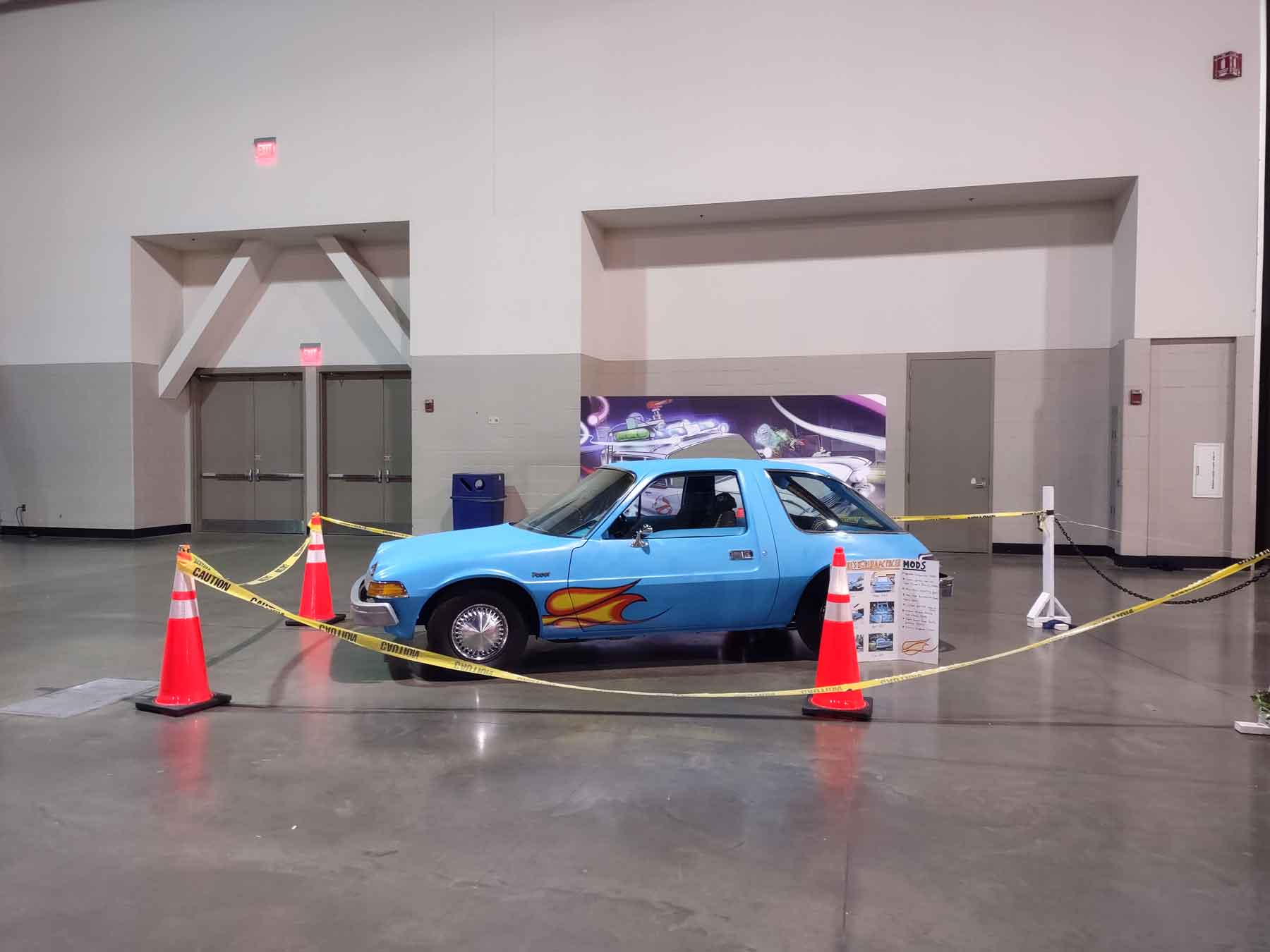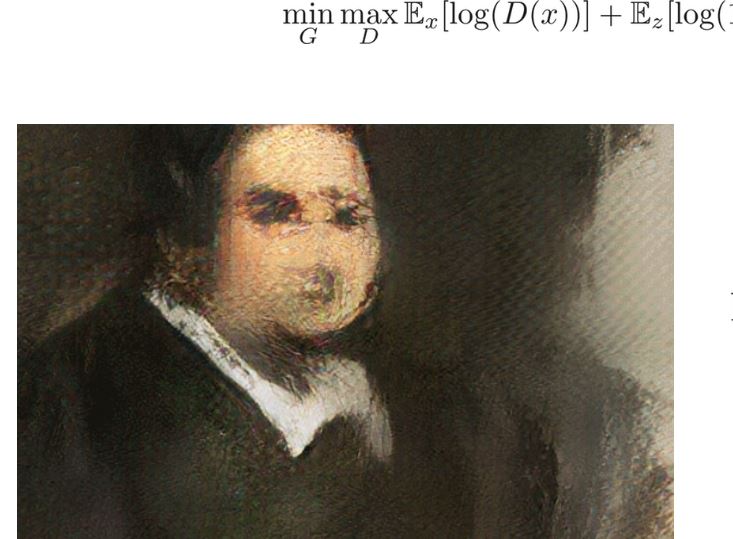
Apparently there’s a robot art competition and it’s a thing and it’s been going on for a while, at least according to VentureBeat. VB puts out a lot of interesting avenues to explore in terms of what people are doing in the field and from the surface, it’s mostly built upon machine learning.
My favorite aspect of the article revolves around someone who’s produced what sounds like a rather elaborate real-world robot to execute his creations, and the rather long list of software that people are using in this competition all are things I intend to explore further. Hopefully with another blog post as we go down the rabbit hole together.
Personally, while the bulk of the artwork shown in the article appears more than a little derivative to me, I’m sure that this is the phase of ML art similar to the time in the late ’90s where everyone found digital art production.
That was a terrible time where everything that was new basically was somebody either painting just like they did only with digital means (woo! Wacom tablets!!!) or sliced and stacked myriad filters on stuff (have you seen the lates Kai’s Power Tools??) – sort of an Andy Warhol nightmare. I’m sure he’d have laughed.
Then things got really, really good – and all with the same software, well maybe not Kai’s Power Tools.


